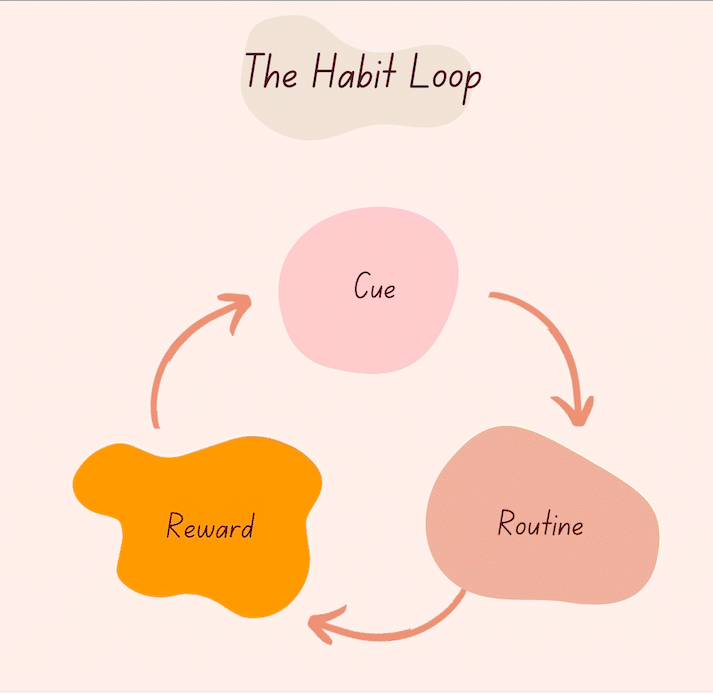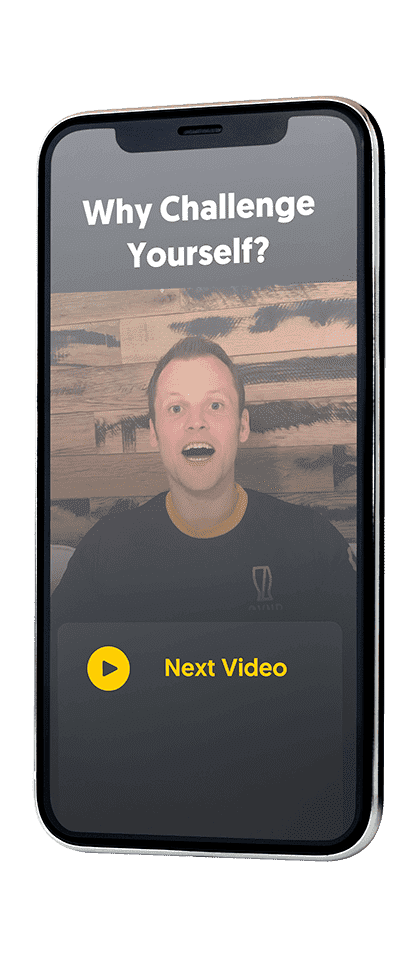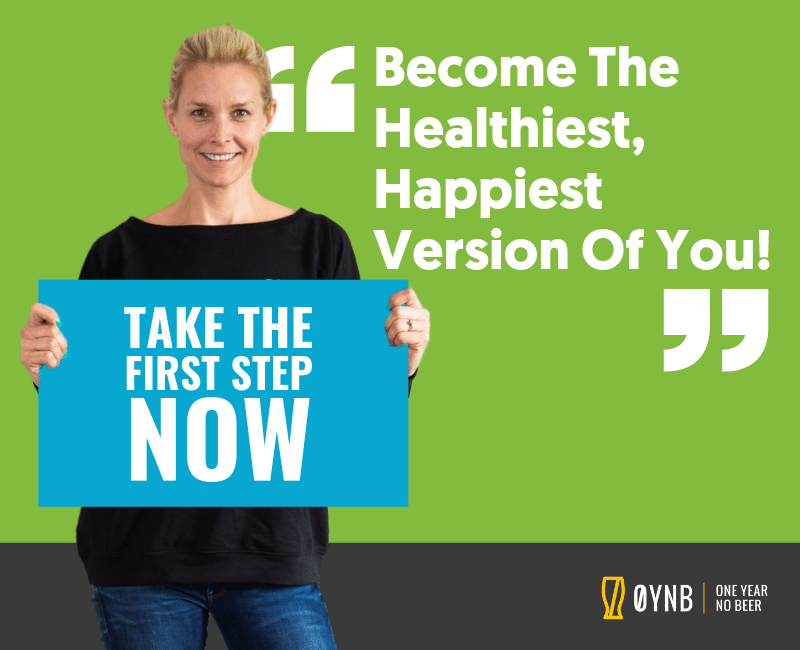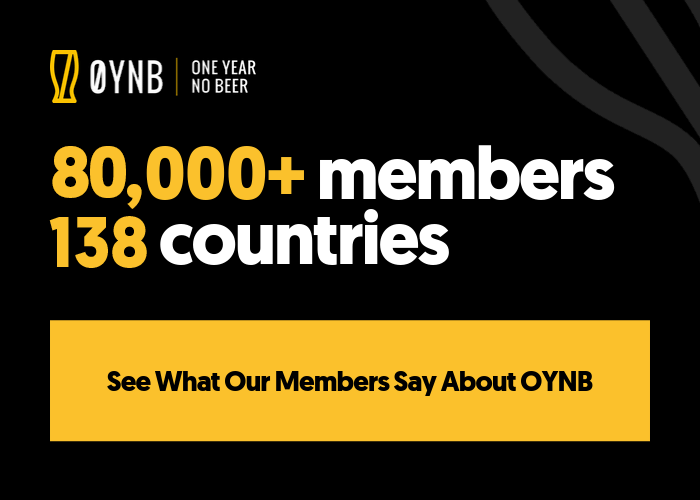Do you find yourself doing things, just because that’s what you’ve always done? We introduce you to the habit loop.
Habits are behaviours that are repeated so often, they become almost subconscious—they’re part of your routine and can be tricky to break. Some habits will be positive (like putting your seatbelt on when you get into a car), while others can be more problematic (like pouring a glass of wine when you get home from work). In order to disrupt bad habits and replace them with healthier routines, it helps to understand how habits work, and what you can do to stop them in their tracks.
How do habits work?
Habits can be defined as actions that are automatically triggered in response to a contextual cue—for example, washing your hands (action) after using the toilet (contextual cue). Research has shown that if a behaviour is repeated regularly in response to a certain cue, it gets learned and becomes embedded. It makes sense if you think about how much your brain has to do each day. Habitualising mundane actions retains mental capacity for more labour-intensive tasks, as well as keeping some in reserve in case we need to respond to danger (that old evolutionary chestnut).. The problem arises when a negative behaviour becomes habit—like smoking, or mindlessly scrolling on your phone.
The habit loop
The habit loop is made up of three primary components: cue, routine and reward. The cue is the trigger that initiates the habitual behaviour, and this could be a wide range of things, from time of day, to emotional state, to the people around you. The routine, of course, is the behaviour triggered by the cue. For instance, you may not feel hungry until you notice the clock shows 1pm (cue), which is when you’d usually eat, so you make lunch (routine). The reward is something that then reinforces the habit—eg eating comfort foods releases dopamine, a happy hormone that makes you feel good as a result of the action.

Changing negative habits
It’s simple—in order to break a habit, just stop doing that behaviour, right? Unfortunately that’s easier said than done. For example, if you find yourself picking up your phone and endlessly scrolling through social media whenever you get slightly distracted at work, it isn’t as though you can just throw your phone away to change this behaviour.
But if you can identify a cue that triggers a specific behaviour you want to stop, then you can work out how to avoid this cue, or come up with strategies to limit the impact.
Say you feel bored or hit a lull in your working day (cue), and your usual reaction is to pick up your phone and scroll (routine), which occupies your mind and helps you avoid work for a few moments (reward). How might you avoid that behaviour? Maybe you put your phone a metre or two out of reach, so you’d have to make a conscious choice to get it instead of suddenly finding yourself lost in a social media vortex before you even know what’s happening.
Alternatively, you could find a way to change the reward–like promising yourself a sweet treat if you don’t touch your phone for the afternoon, or until breaktime.
How we use the habit loop
The habit loop is one of the behaviour change concepts we explore in our challenges. It’s important to understand the cause-and-effect relationship between cues and drinking behaviours in order to change them, and we pay particular attention to identifying the triggers (cues) that lead to having that first drink. It could be hitting wine o’clock, spending time with a particular friend, having something to celebrate (or commiserate), or maybe just feeling bored.
Once the cues have been identified, it’s easier to get one step ahead and spot them happening in the moment. Then you can choose to behave in a different way, whether that’s taking an alternative route home from work to avoid the supermarket where you’d usually pop in for a bottle, or going for a walk at the time when you’d otherwise be pouring your first glass. It takes time to get these new habits in place, especially if the old habit is ingrained in your routine, but the more you repeat new behaviour, the more the old one fades and the easier it becomes.
And let’s not forget the reward, because you certainly deserve to be rewarded for taking a break from drinking. Beyond all the physical and mental benefits you experience as a result of not drinking, you can also help embed your new habits and behaviours by offering yourself rewards for milestones along the way.
Little actions add up
How can making little tweaks to your habits and routines really make a big impact? Because habits are by their natureactions you take on a regular, if not daily basis. By switching out a negative habit for one with either a neutral or positive outcome, over time, the repetition adds up to a huge difference to your lifestyle, health and happiness. And that’s just by changing one habit. Once you’ve tackled the first, you can use your momentum to move onto the next habit you’d like to change, and then the next… you get the picture. All these incremental changes can lead to some pretty incredible results.
Sources:
Gardner B, Lally P, Wardle J. Making health habitual: the psychology of ‘habit-formation' and general practice. Br J Gen Pract. 2012;62(605):664-666. doi:10.3399/bjgp12X659466

An entrepreneur and former senior oil broker, Ruari gave up drinking after excessive consumption almost cost him his marriage, and worse, his life. Going alcohol-free improved his relationships, career and energy levels, leading to him founding OYNB to provide a support network for others.







